Abraham Lincoln is quoted as having said, “If I had five minutes to chop down a tree, I would spend three of those minutes sharpening my axe.” Like much great advice, it’s the kind of counter-intuitive directive that can give some of us – including busy recruiters – pause. If I’ve only got five minutes to cut this tree down, shouldn’t I be swinging away at the trunk with every second I’ve got to make as much progress as possible?
Not necessarily. In the never-ending arms race to find more drivers, it can feel like recruiters never have a spare minute to do anything besides process driver paperwork and call potential applicants, but failing to focus on how you get your work done can lead to a broken process that leaves you feeling like you’re always struggling to catch up.
Finding your dulled blade
How can recruiters see major gains in their productivity by taking time to stop and sharpen their axes? For most companies, this involves taking a look at whether their recruiting and onboarding processes are still working as well for them as when they were first put into place. Carriers are constantly shifting their scope and priorities, and what may have worked for you a year ago is slowing you down and working against what you’re trying to accomplish now.
Some areas of improvement are straightforward – we’ve written often about the need for an online, paperless, driver-friendly application – but it’s just as likely that if you’re using an applicant tracking system (ATS) your system still isn’t working as well for you as it could be.
If you’re using an ATS, chances are you set up the system to work best with how your company operated on day 1 of your implementation. You created a process that was friendliest to recruiting certain types of drivers based on particular safety and compliance requirements that needed to work with how you’re set up to onboard and run orientation classes. But chances are that all those moving pieces have experienced some change over time – maybe you now hire student drivers, or compliance laws have changed (hint: they have), or you now handle your onboarding paperwork online. If your needs or tasks have shifted, then you need to sharpen your axe.
Honing Your Blade
You can proactively anticipate some of these potential inefficiencies when making changes to how your company operates, keeping your saw sharp as you go. Knowing changes are coming in compliance, for example, can allow you to anticipate and complete necessary changes so you stay current.
However, even the most straightforward-seeming adjustment to your processes can lead to unintended effects and consequences elsewhere in your business, which is why it’s important to regularly audit your procedures. The best way to identify your inefficiencies is to go to the people who know the most about your system – the frequent users. Anyone who works heavily in your ATS will be able to tell you what parts of their work feel most tedious or pointless. Ask them to think through each step of the processes they complete regularly and ask themselves the following questions:
- What is this action intended to accomplish – and is it doing what it’s supposed to be doing?
- Is this action adding value to my company?
- Do I understand why things are done this way?
- Is there a faster or easier way of doing what I’m trying to do?
There is more than enough change in the industry, in the legal landscape, and in the technologies you use in your business to warrant revisiting your processes every 3 months. Once you’ve identified areas that need improvement, you can whip out your whetstone and start sharpening.
Be sure to review complex solutions (and those that have grown more complex over time) to make sure that the business circumstances that justified them before still call for those same solutions now. You should also train and retrain recruiters on how you want your solutions and recruiting strategy to operate – what data you want to capture, what the procedures are – and make sure new hires learn the right methods and procedures from the beginning.
Going slow on these fundamentals will help you and your recruiters work faster and more effectively once they are well trained.
Your employees who deal with inefficient processes will be the first ones to want to change them in service of a more rational system. Working on a system rather than just in it will give your employees more ownership over their processes and will make your business more efficient and healthier over time.



